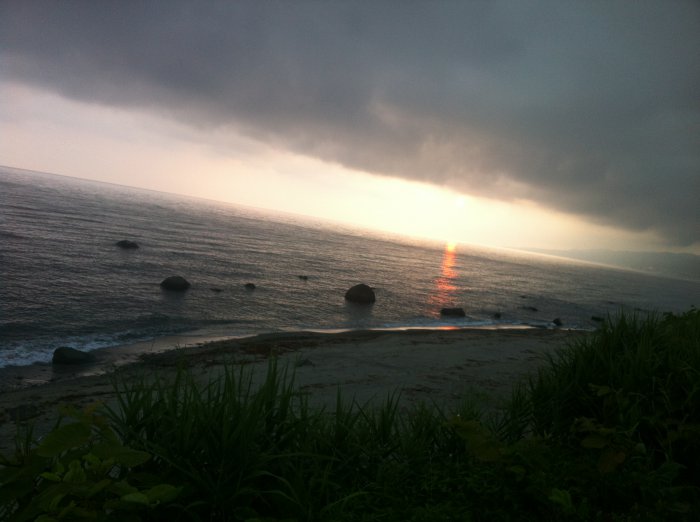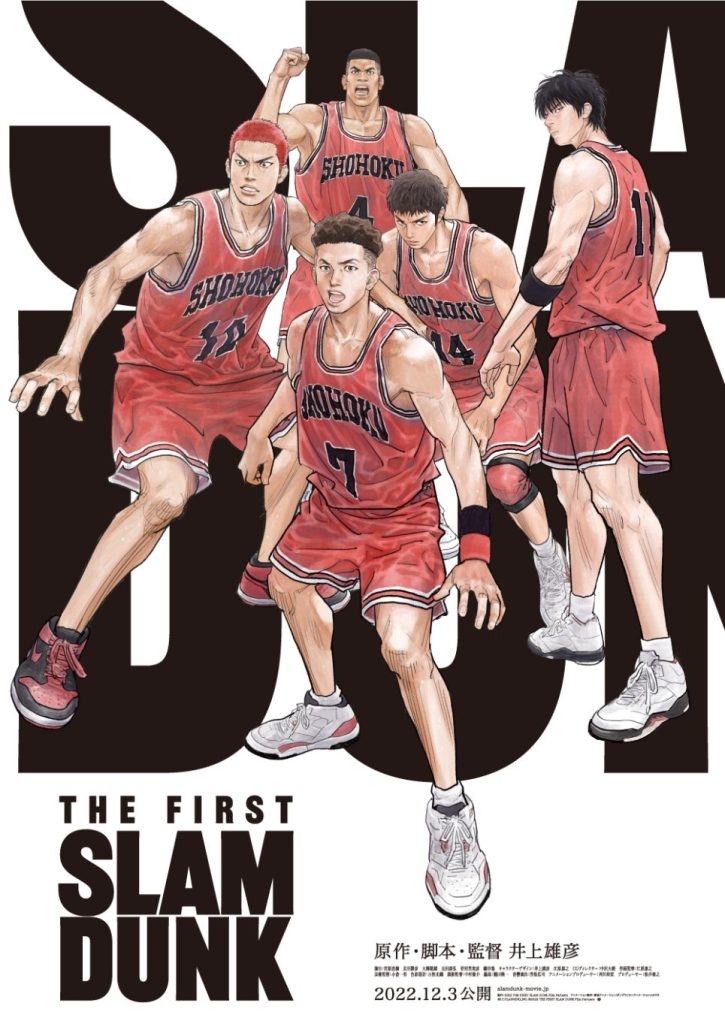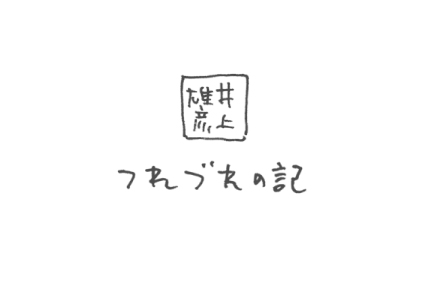
Tears from my eyes while researching Enku’s statues of the Buddha.
In August 2013, I embarked upon a journey to follow in the footsteps of Enku, I once again sought to find Enku’s statues of the Buddha.
This is the second time. The first was when I went to Takayama in Gifu last November. After I viewed several of his statues of the Buddha that exist in Hirosaki, Aomori, I took the Seikan Tunnel into Hokkaido. I traveled around the ocean shore area that would be in the lower left hand corner if you were looking at a map.
That’s where I teared up in public.
It happened naturally, and without explanation. I thought it was strange. I couldn’t find a reason in my heart to be crying, and the question was floating in my mind as tears came from my eyes.
Kaminokuni, Hokkaido.
My target was a small building with a red roof.
The building is referred to as a shrine to Kannon, and there is an 11-Faced Kannon statue that is said to have been made by Enku in his mid-30s. It looks like it stands about 140 cm tall. Out of all of Enku’s statues of Buddha that I’ve seen, this one had the most worn down surface. It was a shiny Kannon.
I was greeted by a few energetic ladies with welcoming words that acknowledged my long journey. They repeatedly offered me Aspash, a health drink that was also being offered to the Buddha. This appeared to be the town gathering spot, and the statue of the Buddha was smiling in the midst of all the old women excitedly talking together.
First, I sat in front of the Buddha and clasped my hands together. Already, I had to fight to keep tears from coming out of my eyes. I don’t know why. Around us, and coiling around the statue of Kannon, the ladies talked about various things. They talked about the area and how the statue of Kannon came to be there, but unfortunately I wasn’t able to tear my eyes away from the statue of Kannon and it was a while later before I could turn to them. As soon as I entered the small building, I felt a warm energy that filled it fully. I understood from that just how much the townspeople treasured and loved their Kannon deity.
For a while I just sat there, even forgetting to make sketches.
Over a long span of time, it had become shiny, rubbed by the hands of many people to the point that the nose on the 11-Faced statue of Kanon was gone, as were the lips. And several of the 11 faces on the head were almost unrecognizable.
Wishing for good fortune or to heal illnesses, the people who live here have rubbed the head, shoulders and belly of the statue of Kannon, and at times it seems that small slivers of the nose or ears had been taken to make medicine.
The state of the statue may have been caused by damage incurred during the Meiji period as part of the movement to abolish Buddhism (Haibutsu Kishaku), when it was thrown into the sea, and later fished out after some time. But, it’s also obvious that it has been continously touched by human hands.
The statue of Kannon was wearing a beautifully colored sash. I guess that one of the ladies had placed it on. The statue has a feeling of helpfulness as the deity Kannon, because it is fulfilling it’s purpose and living in the midst of people, instead of beeing locked in a glass case as a cultural treasure.
People have probably faced it and talk to it one-on-one and given it their every day thanks. Or discreetly told it about their ills and fears. Each time, with a smile that can’t be captured in an image, it has helped people face their troubles and has supported them as they slowly built up the courage to overcome their obstacles.
It isn’t an expansive smile, but one that grows on you over time.
I wonder what Enku would think if he could see the statue of Kannon that he carved with his own chisel, standing in the middle of people in this day and connecting person to person together. Monks are human too, and I have to wonder if he wouldn’t be happy. But probably not to the extreme.
But maybe he wouldn’t.
Enku is of course famous for his personal effort, but I don’t think it was because he concerned with personal rewards. I’ve heard stories of the statues of Buddha being used as floats while swimming in the river or as children’s toys. According to several Buddhist temples that I’ve visited, it has only been in recent years that their value has gone up and they have started to be treated as cultural treasures.
It’s been said that Enku carved 120,000 of these smiling, forgiving wooden incarnations of the deity.
I’ve become interested in learning more about Enku and his statues of Buddha.
Takehiko Inoue
2013.08.10

Recent Post







